|
A reader from the Netherlands who owns a pair of these speakers, and a talented architect, triggered several weeks of research and accumulation of documents, reading of forums entries to try to tell the story of this iconic brand of French speakers active for 15 years or so... I have to credit again cabinetmaker extraordinaire Jean-Paul Guy for sending me his complete file, including original drawings and hand-written notes from Jean-Claude Fourrière, the founder. Dear readers, this is all pre-CAD, email and Internet. We didn't have mobile phones, and most communications were via landlines and fax machines, or slow mail... Just that alone meant that it took time to get anything done, and mistakes were costly, very... So, with that sort of documentation, producing anything to the standard that GUY HF was producing at the time is a near miracle, and it is a tribute to Jean-Paul that the results were always far superior than these drawings suggest. Here is a copy of the 1985 catalogue But the story starts 10 years earlier when Jean-Claude Fourrière is approached by DECCA to design a monitor loudspeaker using the legendary ribbon tweeter developed by Stanley Kelly. And we don't know how that happened... In most loudspeaker systems the Deccas were used in a passive configuration Later he developed the ALH full range plasma loudspeakers.) Fourrière used the Decca London Ribbon from 2000 Hz. Decca Special Products in England authorized him to use the denomination DECCA and he named his creation Decca AL2000. It was a 3-way system with complementing units from Audax (HD24 and HIF13). He also designed a 2-way system at the time: DECCA AL1500 with crossover frequency of 1500 Hz. The panels of the cabinets were heavily damped with sheets of lead. Photos below courtesy of www.soundfountain.com From that same website, I made the extraordinary discovery that this ribbon tweeter could be compared in performance, and particular high frequency extension to the ubiquitous and far less expensive AUDAX TW8, which Elipson used on their "boules" and that I used in my very first design in 1971, as did Renaud de Vergnette in his first commercial Triangle speaker! What triggered this article as mentioned before, was an email from Jan H. who asked me to help him identify a pair of Audio Reference speakers he owns and to find out some specifications. He ended up sending me a number of great photos that he has given permission to share with you, you insatiable lot of hifi nerds and loyal readers of this blog! The difficulty in identifying these vintage speakers comes from the fact that these small manufacturers were changing their configuration often without changing the model number! This is a perfect example, as the REF 65 in the catalogue above shows both midrange drivers as domes (from SEAS), but this early version (my guess...) uses a MP14RCY from SEAS polypropylene cone. This, I believe, would have been a lot easier to crossover to the 24cm from Audax in the separate but integrated subwoofer. I have personally experimented at the time with a Dynaudio dome midrange and found it very difficult to use for that reason (and I have never been a great fan of Dynaudio drivers, or finished speakers for that matter...) D25This midrange crosses over to two Audax tweeters, the very reputable HD100D25 and TW74, a larger flange version of the famous TW51, described as a super tweeter...and also used by Confluence on their Cantilene, and by myself on the Microphase SAT and many other manufacturers. Audax at that time was producing 10,000 units a day! mainly for TV sets. The bass section is handled by a MHD24 from Audax in a separate enclosure, acting as a bass-reflex loaded subwoofer down to 35Hz. The entire speaker is deemed to go up to 26 kHz! Obviously, with four drivers to take care of, the crossover needs to be quite a complex affair. We would certainly try not to use electrolytic capacitors in a modern design, but technically when they are used in the low pass section, they are not in the signal path and therefore should not have an influence on the quality. However, 30 years later, I would replace these capacitors by a Mundorf or equivalent, just because they are probably not 12 uF anymore and their leakage would be significant and that would move the crossover frequency significantly. All other components are of quite good quality for the time and should still be fine. Although we do not have the value of all components, reverse engineering from the capacitors values and the frequency response of the drivers suggest crossover frequencies of 300 Hz for the woofer at 12dB/oct, 2000 Hz for the midrange and the HD100 at 12dB/oct, then around 4.5Khz for the TW74 at 6dB/oct. Various other resistors and capacitors may have been used to adjust levels and impedance compensation on the TH74, a good way to get reed of a nasty resonance. We might do some more research to clarify, or if somebody has the schematics, then we would be sorted... I do not have a review of that speaker, although I have a number of them for other speakers in the range, which I will publish in a second episode to be published in the coming weeks. In conclusion, Jean-Claude Fourrière was an inventor and a nuclear scientist, and he eventually went broke trying to design a commercially viable plasma headphone and full range speaker, the AHL Toltèque, which also had the benefit of being an open baffle design. Although he got some subsidies from ANVAR, the innovation French body, the product was too difficult to manufacture and the price made it very difficult to afford. Having said that, in his heydays, he had almost a hundred retailers throughout France and was doing quite well exporting to Europe and America.
Behind this simple logo hides more than 70 years of expertise in building modern furniture for famous designers of the time, some of the first TV cabinets and later on specialising in speaker cabinets for the most prestigious names of the French HiFi scene like Elipson, Jean-Marie Raynaud, 3A, A2T, Audax, AudioAnalyse, Audio Reference, Confluence, Elipson, France Acoustique, Mercuriale, Phonophone, Siare and for JM Lab/Focal, a collaboration over 30 years, Focal eventually buying the business in 2007. What an achievement for Emile, the father, and his son Jean-Paul Guy from the tiny city of Bourbon-Lancy, home to just over 5000 people but famous from Antiquity for its spa. GUY.HF is only one of two companies listed on Wikipedia in the town! Jean-Paul Guy who I have known since 1983 has benefited from growing up in a rich cultural environment because of the trendy original clients of his Dad, like the famous interior designers Leleu Marcel Gascoin and Maxime Old. Jean-Paul is a serious melomane and a great collector of modern art with a collection of over 600 pieces which he occasionally lends to museums for specific exhibitions. An hedonist, he loves all the finer things in life... He is also a speaker designer in his own right and was developing some products very similar to my Microphase around the same time, hence probably why he accepted to build our products. As proof, you will find below some extracts of his catalogues, some products being sold under the GUY.HF brand and some more elaborate ones under the "Natural Sound" brand. I find interesting in retrospect that we were all trying to replicate the 4240 from Elipson on a smaller scale and for less money. In many ways, most of these systems actually achieved this objective with very limited means sometimes and as a result, these companies didn't stand the test of time. But most importantly, GUY.HF and Jean-Paul were instrumental in helping these small outfits getting manufactured properly at a price which leaved them with enough margins as well as staying competitive in the retail market. Jean-Paul was also very helpful in streamlining the manufacturing process by advising us on ways to save money without too much compromise on the final auditive and visual results.Un grand merci! All this quality manufacture was achieved without any CNC machines which arrived at GUY.HF only in 1987 when production reaches over 15,000 speakers. A second machine was bought in 1999 to accommodate the big success of the Utopia range from Focal representing half the production and all this achieved with less than 30 people! One skill that GUY.HF had and still has is the quality of their varnishes, perfectly applied and never too glossy in the case of the clear finish. Lacquer was subcontracted to a local company Segaud, which was later bought over and integrated into the larger premises acquired in 2003. If you have ever seen a Focal Grande Utopia in the flesh, then you will have experienced both the cabinet making and the lacquer expertise of Jean-Paul's team! Over the next few weeks, I will go into each of the speaker companies that GUY.HF has manufactured over the years, and you will surprised to find out that even reputable companies outside France were clients, like Luxman, Toshiba, Sanyo, Fisher, Philips and Telefunken!
I will be forever grateful to have been associated with GUY.HF and still counting Jean-Paul as one of my long standing friends. Stay tuned for more French Vintage Speakers! |
AuthorBorn in France, well travelled, relocated to Sydney in 1997. Archives
July 2023
Categories
All
|















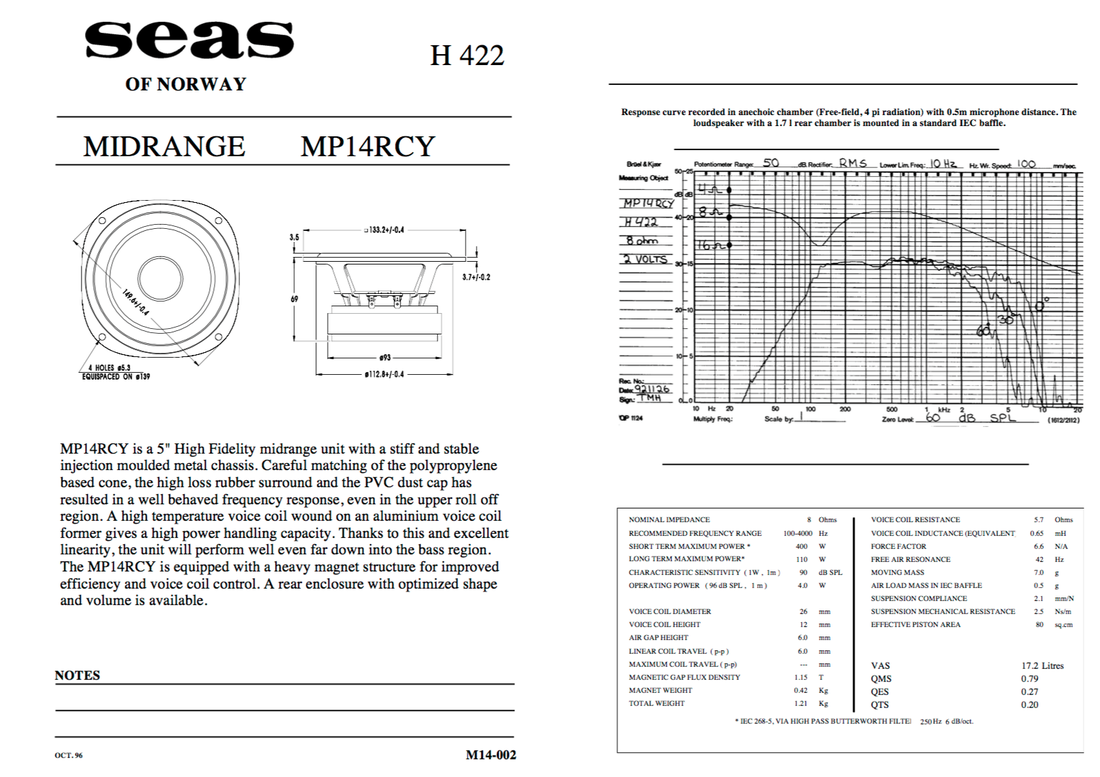

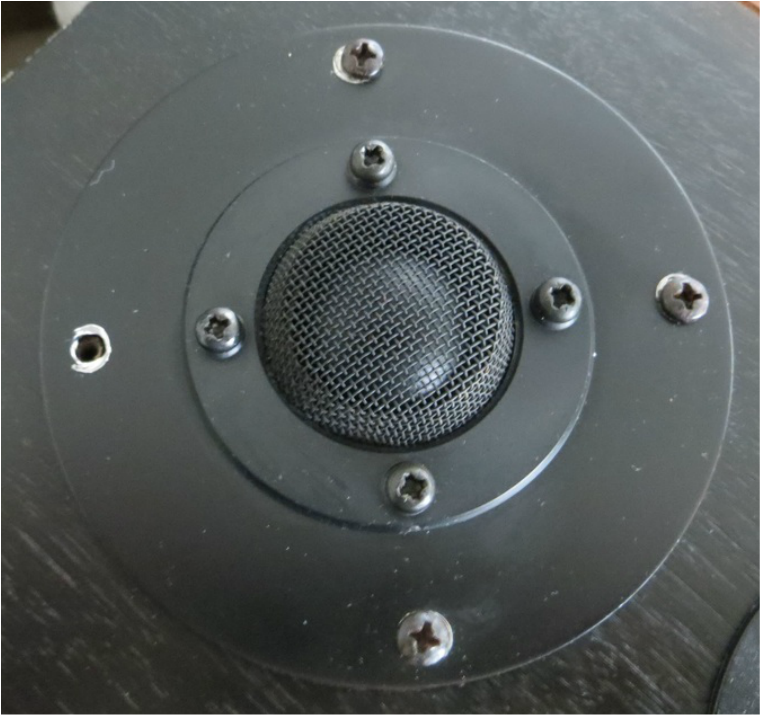





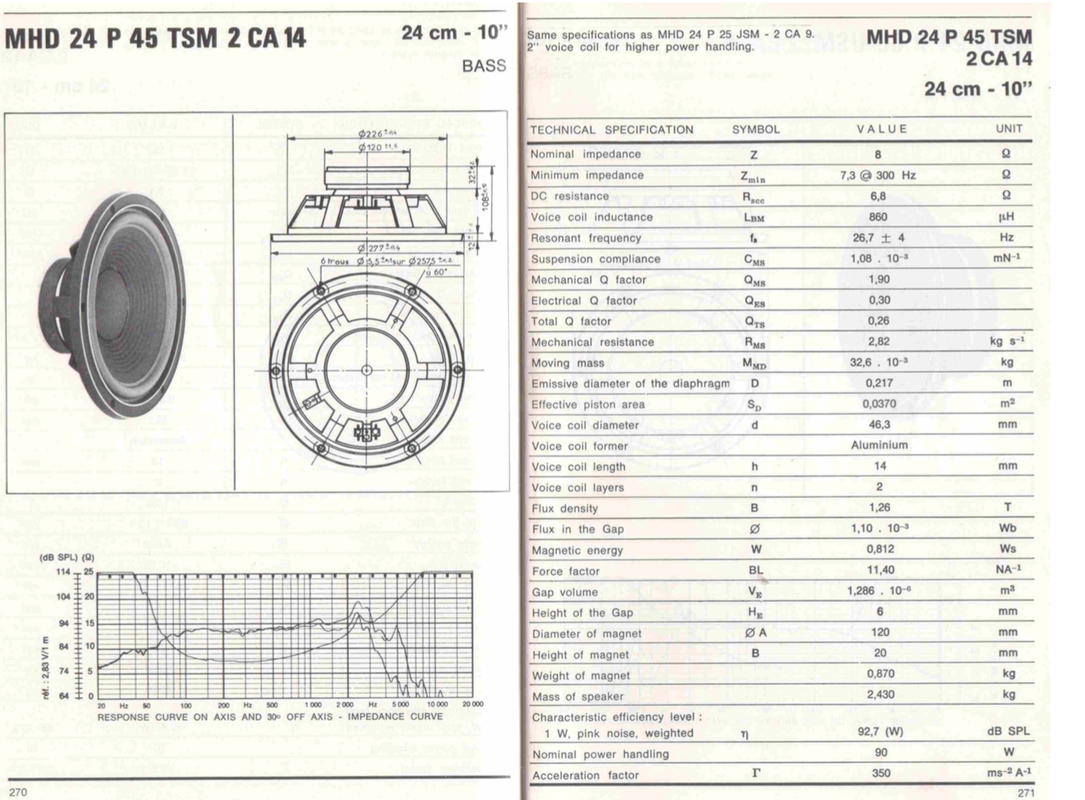





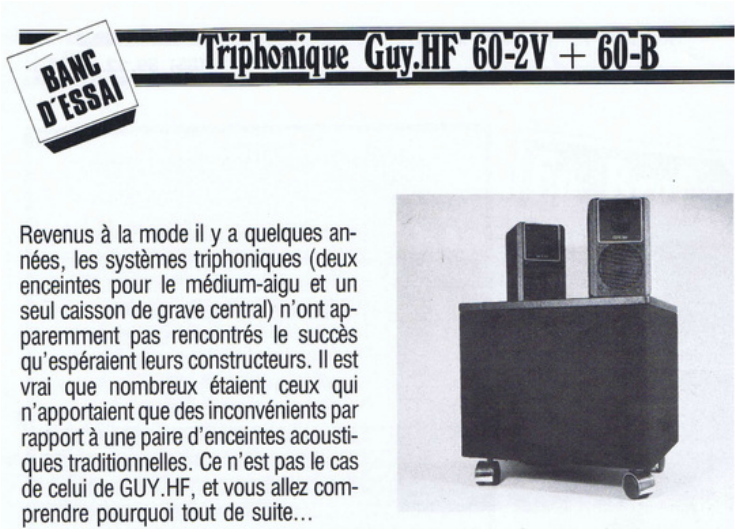
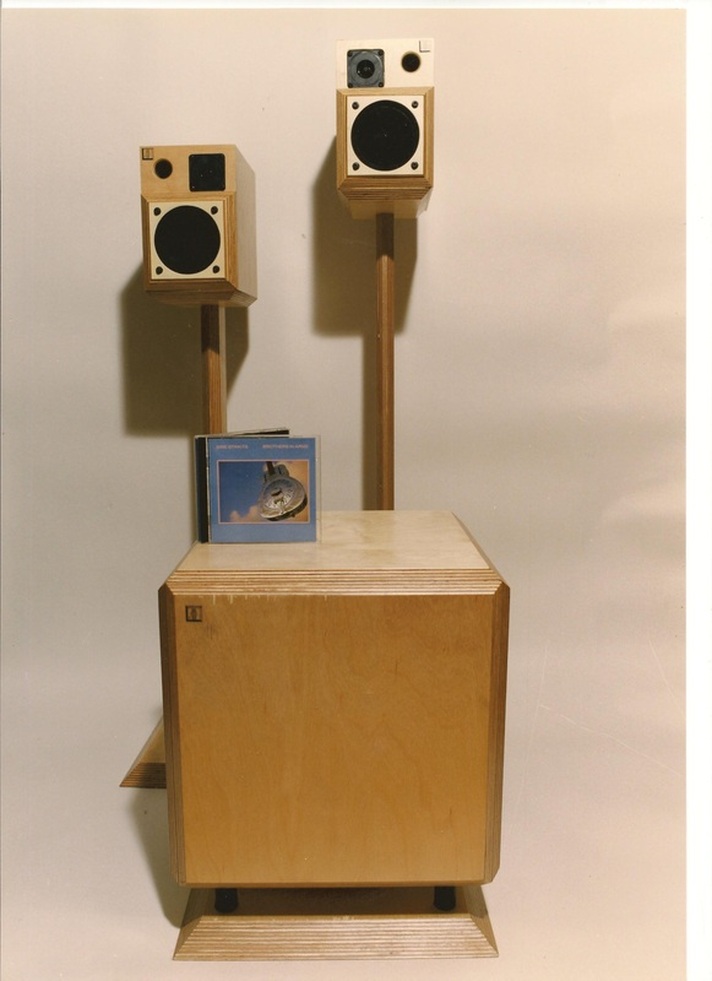









 RSS Feed
RSS Feed
